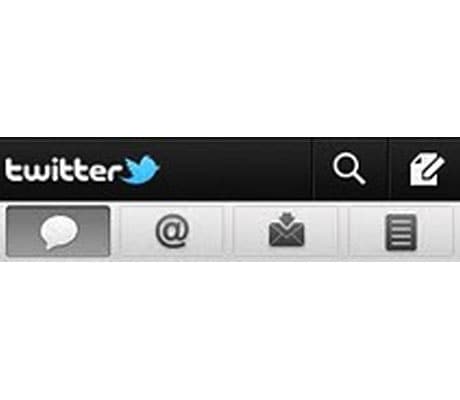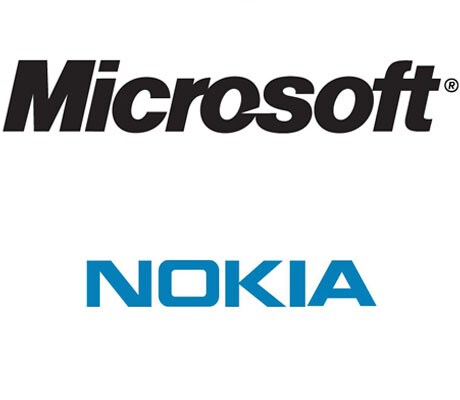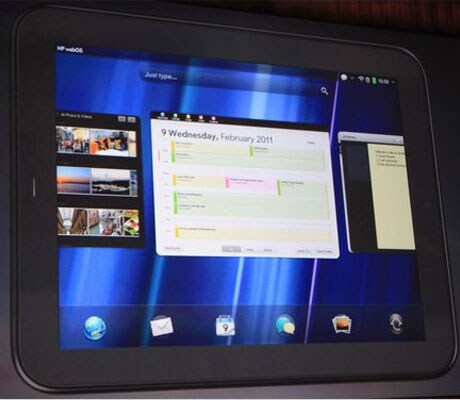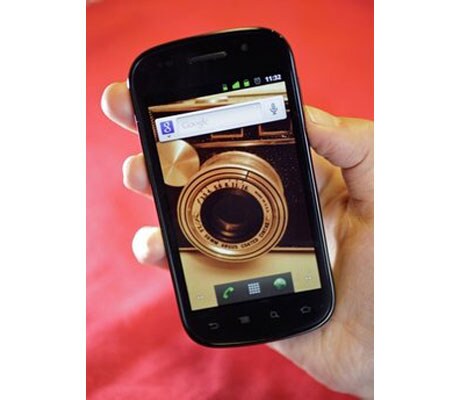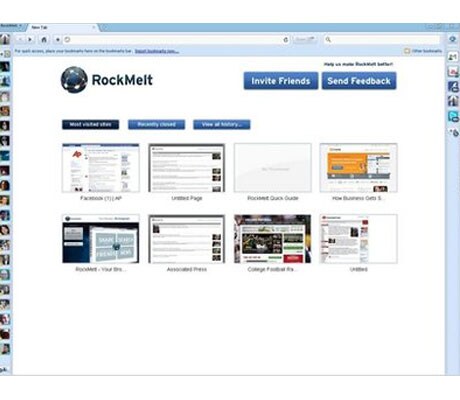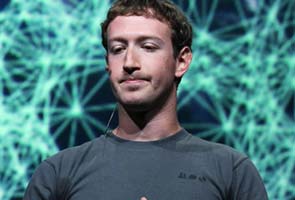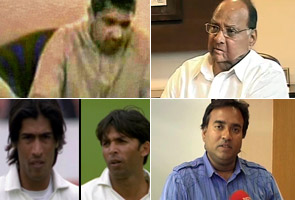Nokia, the world's leading mobile phone maker, said on Monday that its new E7 business smartphone, whose release had been delayed from the end of 2010, will be on sale in "select markets" this week.
The E7 "will begin arriving in stores in select markets this week, with broader availability building up quickly in several markets," the company said in a statement.
The E7 runs the high-end Symbian3 operating system and is heir to the long lineage of Communicator-model business handsets which were first released in 1996 and later evolved into the E-series.
"Importantly, the device supports business applications from leading enterprise technology partners including Microsoft and IBM," the company said.
The phone features a large screen, a full keyboard, and mobile office software developed for Nokia by Microsoft, although its camera is a step down from the N8's much-praised Carl Zeiss lens.
The E7 was unveiled last September at the Nokia World event in London.
Nokia has come under intense pressure as it has lost market share to rivals in the key smartphone market, with both Standard and Poor's and Moody's threatening recently to downgrade the company's credit ratings unless it did better.
Nokia's 2010 fourth quarter beat expectations but its net profit of 745 million euros ($1.02 billion) was down steeply from 948 million euros a year earlier as sales gained six percent to 12.65 billion euros.
